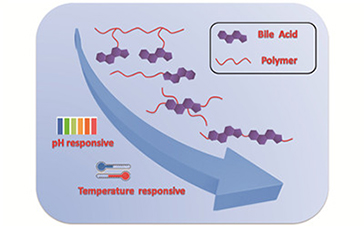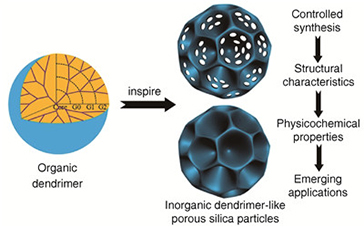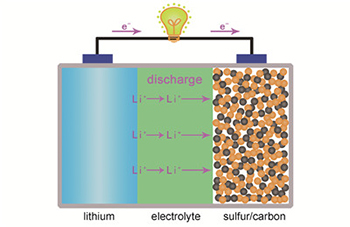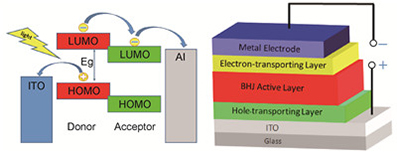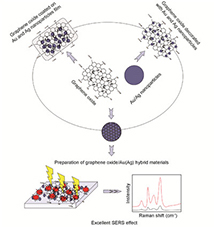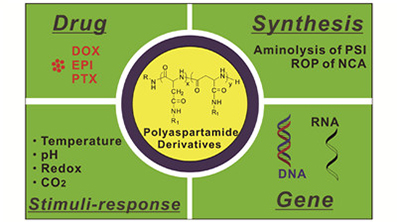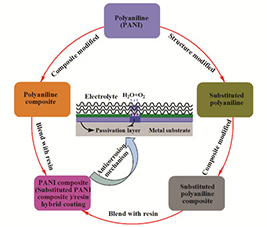For the whole solution-processed efficient and stable organic photovoltaic devices at low temperature, reasonably selecting the method of interface modification material preparation is very crucial. It has become one of the most focuses in research community of organic photovoltaics in recent years. By choosing suitable interfacial materials, the energetic barrier height at the interface could be reduced to form an ohmic contact with less series resistance, inducing high charge collection efficiency of the corresponding electrodes for holes or electrons. Solution-prepared molybdenum oxide (MoO
3) as anode buffer layer can effectively improve the efficiency of interface collection and carrier transmission, improving the energy conversion efficiency and stability of organic solar cells. This article reviews the research progress of anode buffer layer MoO
3 of organic solar cells in recent years, introduces the some preparation methods and principles of MoO
3 as anode interface layers, elaborated the current situation and existing problems of MoO
3 film based on the prepared solution of interfacial modification, which provides valuable references for the fabrication of the efficient and stable organic solar cells. We believe that solution-processed MoO
3 will play a key role as buffer layers in the future fabrication of large area and flexible organic photovoltaic devices with high performance and long term stability.
Contents
1 Introduction
2 The effect of solution-prepared of MoO3 anode interface modification
3 The energy level structure and change of MoO3
4 The application of solution-prepared MoO3 in organic solar cell
4.1 MoO3 based on the preparation of ammonium molybdate
4.2 MoO3 based on organic molybdenum sources
4.3 MoO3 prepared by chemical synthesis
4.4 MoO3 prepared by nanoparticle dispersion method
4.5 MoO3 prepared by other solutions
5 Conclusion









